As the crisp air of fall settles in and leaves paint the ground in shades of amber and crimson, gardeners face an important task: preparing perennials for their winter slumber. Cutting back perennials in the fall isn’t just about tidying up; it’s a strategic move to ensure your garden bursts with life come spring. Pruning helps prevent disease, encourages healthy growth, and keeps your garden looking neat through the colder months. But which plants should you trim, and how should you do it? This guide dives into 15 perennials that benefit from a fall cutback, offering practical tips and insights to keep your garden thriving. Whether you’re a seasoned gardener or just starting out, you’ll find clear, actionable advice to make your spring blooms even more spectacular.
Why Cut Back Perennials in Fall?
Promoting Plant Health
Trimming perennials in the fall removes dead or dying foliage, reducing the risk of fungal diseases and pests that can overwinter in plant debris. Clean cuts also encourage plants to focus their energy on root development, setting the stage for vigorous growth in the spring.
Enhancing Garden Aesthetics
A tidy garden in winter is a sight to behold. Cutting back perennials prevents your yard from looking overgrown and unkempt, creating a polished landscape even when the growing season pauses.
Preparing for Spring Growth
By clearing away old growth, you give perennials a fresh start. This makes it easier for new shoots to emerge without competing with last year’s foliage, ensuring a stronger, more vibrant display.
15 Perennials to Cut Back in Fall
Here’s a curated list of 15 perennials that benefit from a fall trim, complete with specific pruning tips to maximize their health and beauty. Each plant has unique needs, so let’s explore how to handle them.
1. Peonies (Paeonia)
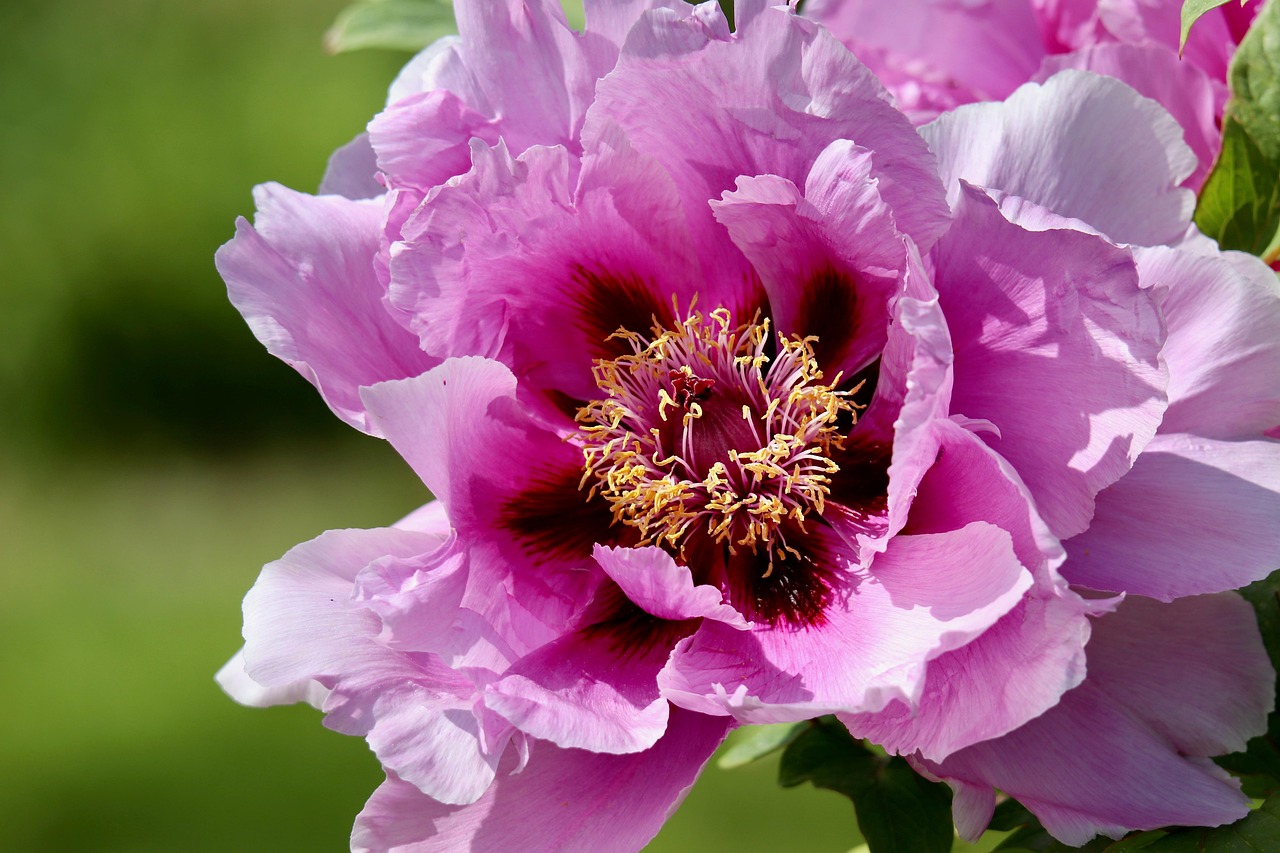
Peonies, with their lush blooms, are garden showstoppers, but their foliage can harbor fungal diseases if left unpruned.
When to Cut Back
Wait until after the first frost when the foliage turns yellow or brown.
How to Prune
- Cut stems to about 2-3 inches above the ground.
- Remove all foliage and dispose of it to prevent botrytis blight.
- Avoid composting diseased plant material.
Why It Matters
Pruning peonies in fall prevents fungal spores from lingering, ensuring those gorgeous blooms return year after year.
2. Daylilies (Hemerocallis)
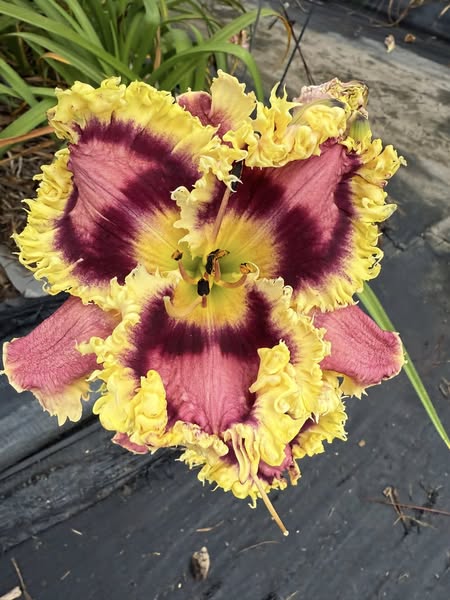
Daylilies are low-maintenance but benefit from a fall cleanup to keep their beds tidy.
When to Cut Back
Trim when the foliage yellows, typically after a light frost.
How to Prune
- Cut leaves to 3-4 inches above the soil.
- Remove spent flower stalks to prevent seed formation.
Why It Matters
Cutting back daylilies reduces pest habitats and gives the plant a clean slate for next season’s growth.
3. Hostas
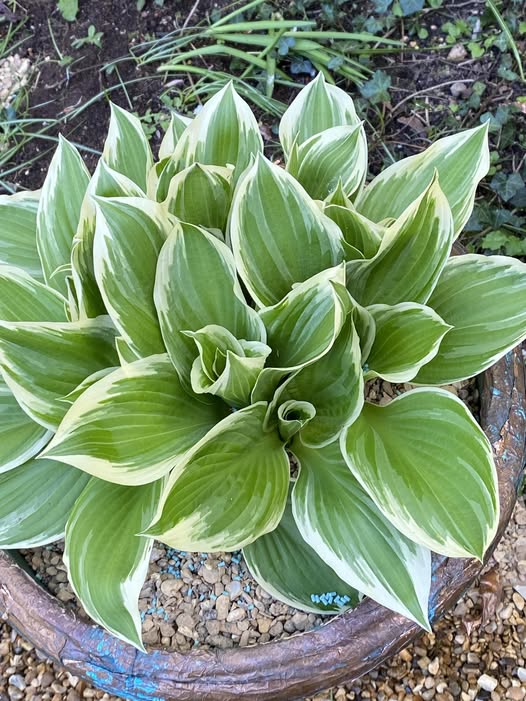
Hostas’ broad leaves can become a haven for slugs and fungal issues if not cut back.
When to Cut Back
Prune after the first frost when leaves start to collapse.
How to Prune
- Trim foliage to ground level.
- Clear away debris to deter slugs and snails.
Why It Matters
A fall cutback keeps hostas healthy and prevents pests from overwintering in the garden.
4. Bearded Iris (Iris germanica)
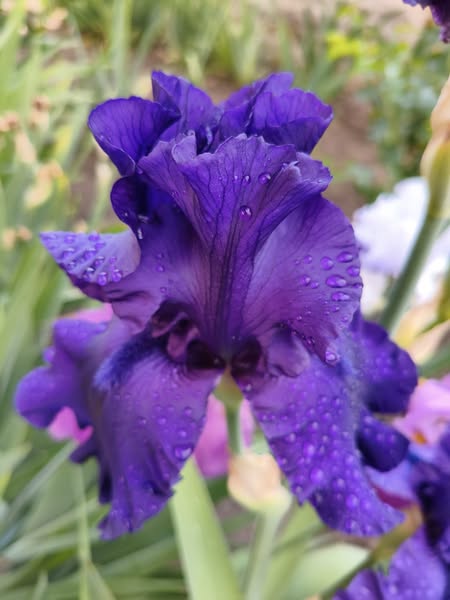
Bearded irises need attention to maintain their vigor and prevent iris borer infestations.
When to Cut Back
Cut back in late fall after foliage begins to brown.
How to Prune
- Trim leaves to a 4-6 inch fan shape.
- Remove dead or yellowing leaves entirely.
Why It Matters
Pruning reduces the risk of pests and promotes airflow, keeping rhizomes healthy.
5. Bee Balm (Monarda)
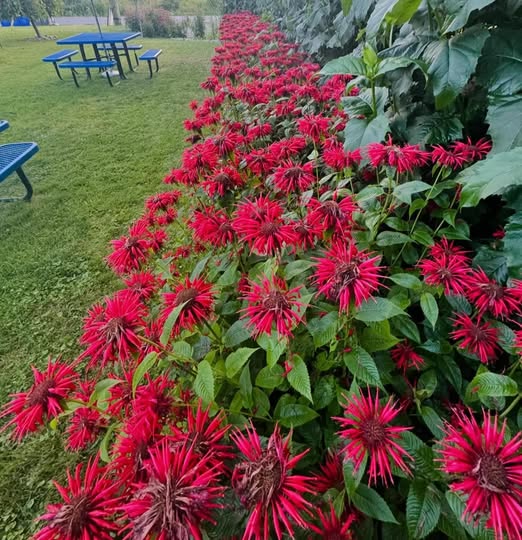
Bee balm’s vibrant flowers fade in fall, leaving foliage that can harbor powdery mildew.
When to Cut Back
Prune after the first frost when foliage wilts.
How to Prune
- Cut stems to 2 inches above the soil.
- Dispose of clippings to prevent disease spread.
Why It Matters
A clean cutback ensures bee balm returns with robust growth and vivid blooms.
6. Phlox (Phlox paniculata)
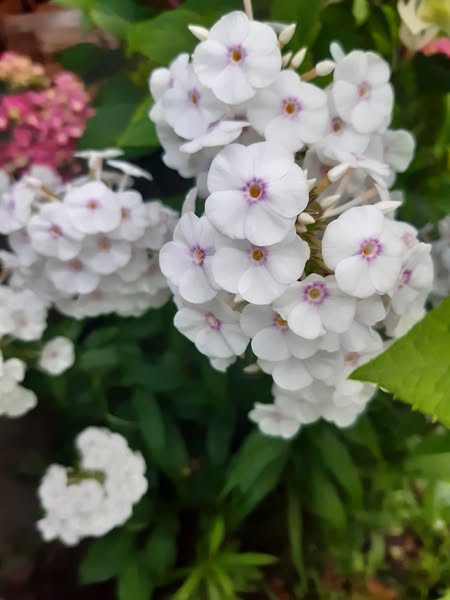
Garden phlox can suffer from mildew if not properly maintained.
When to Cut Back
Trim after flowering ends and foliage yellows, usually in late fall.
How to Prune
- Cut stems to 1-2 inches above ground.
- Remove debris to improve air circulation.
Why It Matters
Pruning prevents fungal issues and encourages dense, healthy growth in spring.
7. Coneflowers (Echinacea)
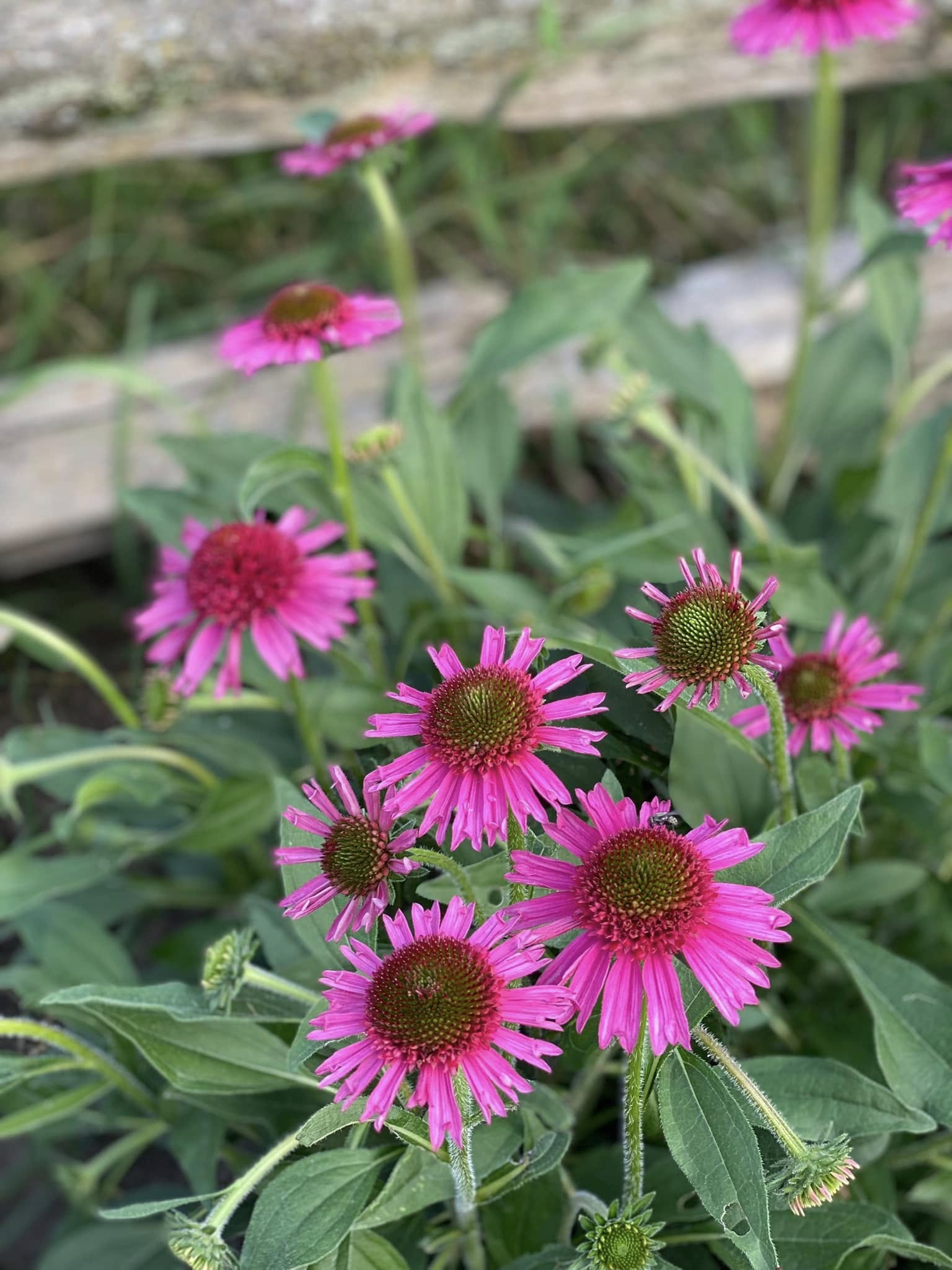
Coneflowers can be left standing for winter interest, but cutting back is often preferred for tidiness.
When to Cut Back
Prune in late fall after seed heads form, or earlier if aesthetics are a priority.
How to Prune
- Cut stems to 3-4 inches above the soil.
- Leave some seed heads for birds if desired.
Why It Matters
Trimming keeps the garden neat and reduces the risk of rot in wet winters.
8. Black-Eyed Susan (Rudbeckia)
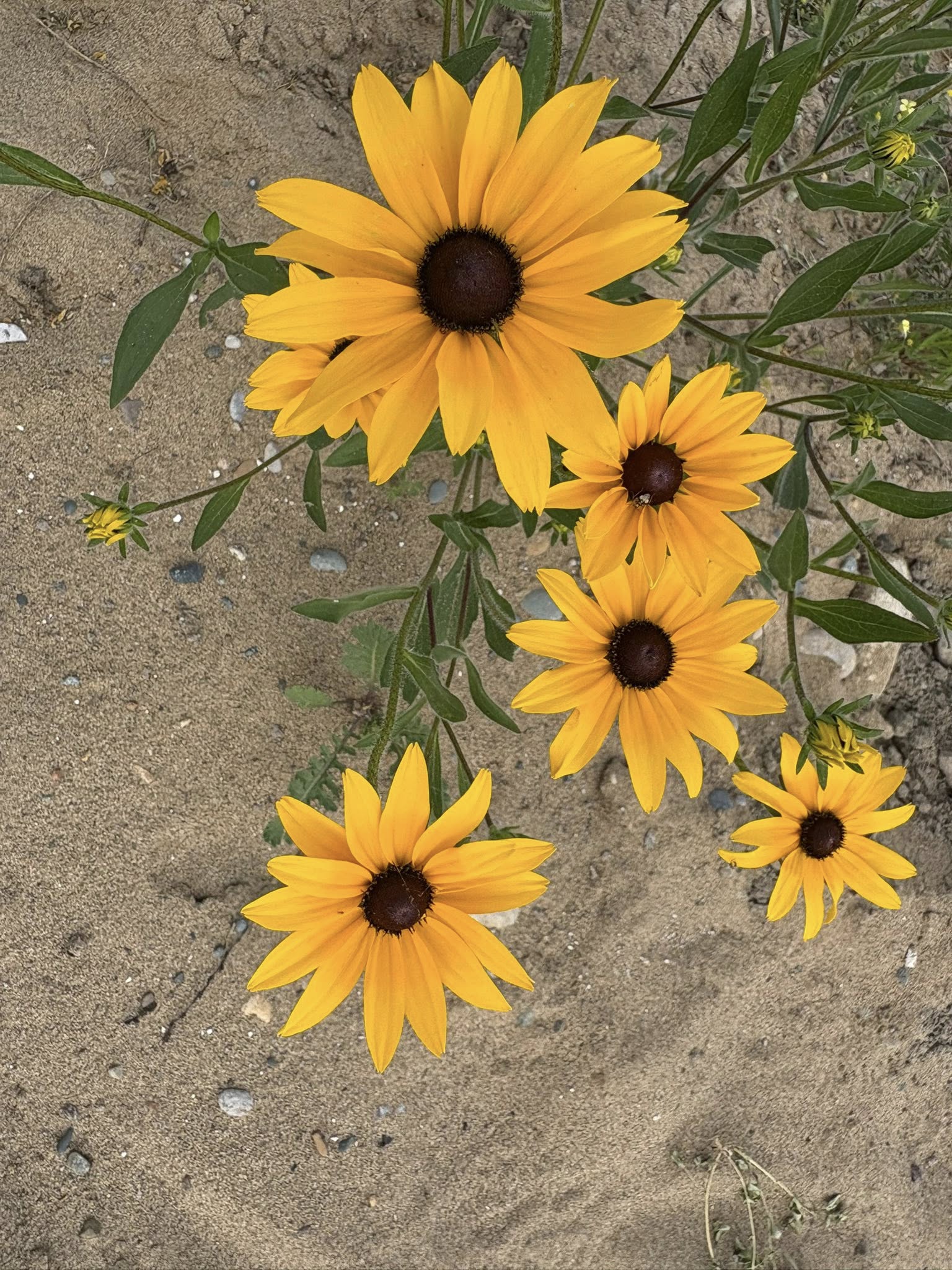
These cheerful perennials benefit from a fall trim to maintain vigor.
When to Cut Back
Cut back after flowering ends and foliage browns.
How to Prune
- Trim stems to 2-3 inches above ground.
- Remove debris to prevent fungal growth.
Why It Matters
Pruning ensures black-eyed Susans return with abundant blooms.
9. Salvia

Salvias thrive with a fall cutback to promote bushy growth.
When to Cut Back
Trim after the first frost when growth slows.
How to Prune
- Cut back to 3-4 inches above the soil.
- Shape the plant to encourage fullness.
Why It Matters
A fall trim keeps salvias compact and vibrant for the next season.
10. Catmint (Nepeta)
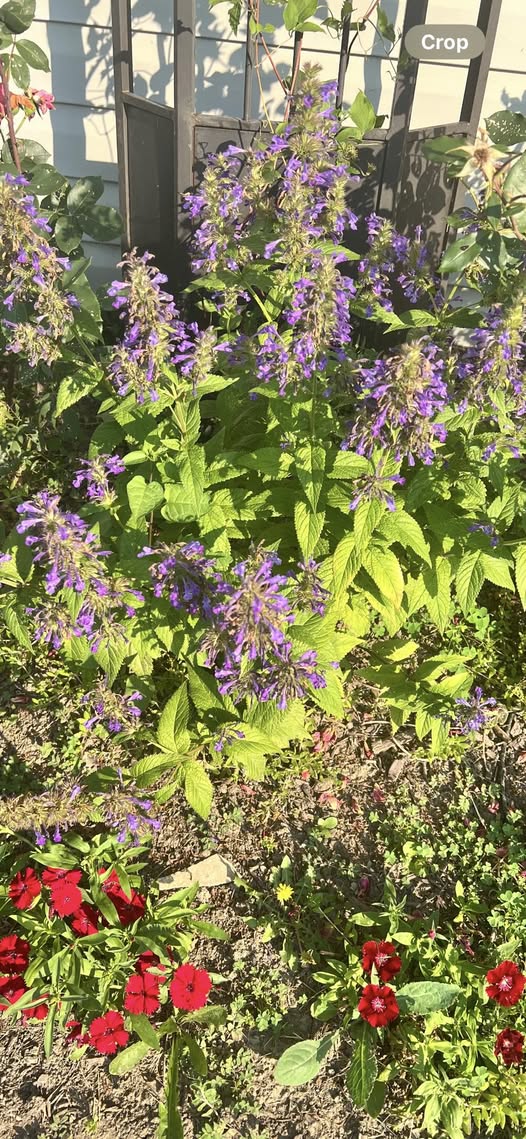
Catmint’s sprawling growth needs a fall cleanup to stay tidy.
When to Cut Back
Prune after flowering fades and foliage browns.
How to Prune
- Trim stems to 2-3 inches above ground.
- Remove dead leaves to prevent rot.
Why It Matters
Cutting back catmint prevents legginess and promotes dense growth.
11. Coreopsis
Coreopsis benefits from a fall trim to maintain its sunny disposition.
When to Cut Back
Prune after blooms fade and foliage yellows.
How to Prune
- Cut stems to 2-3 inches above the soil.
- Clear debris for a tidy bed.
Why It Matters
Pruning keeps coreopsis healthy and ready for a colorful spring.
12. Yarrow (Achillea)
Yarrow’s feathery foliage can become matted if not cut back.
When to Cut Back
Trim in late fall after flowering ends.
How to Prune
- Cut stems to 1-2 inches above ground.
- Remove dead flower heads.
Why It Matters
A fall cutback ensures yarrow remains vigorous and pest-free.
13. Sedum
Sedum’s fleshy leaves can rot if left unpruned in wet climates.
When to Cut Back
Prune after foliage dies back in late fall.
How to Prune
- Trim stems to 2-3 inches above the soil.
- Avoid cutting into the crown.
Why It Matters
Pruning prevents rot and keeps sedum thriving.
14. Astilbe
Astilbe’s feathery plumes fade in fall, leaving foliage that needs attention.
When to Cut Back
Trim after foliage browns, typically after the first frost.
How to Prune
- Cut stems to ground level.
- Clear debris to prevent fungal issues.
Why It Matters
A fall trim promotes healthy roots and vibrant spring blooms.
15. Coral Bells (Heuchera)
Coral bells’ colorful foliage can become ragged in winter.
When to Cut Back
Prune damaged or dead leaves in late fall.
How to Prune
- Trim only damaged foliage, leaving healthy leaves intact.
- Cut to the base of affected stems.
Why It Matters
Selective pruning keeps coral bells looking fresh and healthy.
Tips for Successful Fall Pruning
- Use Sharp Tools: Clean, sharp pruners make precise cuts that heal quickly, reducing stress on plants.
- Sanitize Equipment: Disinfect tools between plants to prevent disease spread. A simple wipe with rubbing alcohol works wonders.
- Timing Matters: Wait for foliage to yellow or brown, as cutting too early can weaken plants still photosynthesizing.
- Dispose of Debris: Remove clippings from the garden to prevent pests and diseases from overwintering.
- Mulch After Pruning: Apply a layer of mulch to protect roots and retain moisture through winter.
Common Mistakes to Avoid
Cutting Too Early
Pruning before plants go dormant can stress them, as they’re still directing energy to foliage. Wait for signs of dormancy, like yellowing leaves.
Over-Pruning
Avoid cutting into the crown or base of the plant, as this can damage the root system and hinder regrowth.
Ignoring Cleanup
Leaving debris in the garden invites pests and diseases. Always clear away clippings and dispose of them properly.
FAQs
Should I cut back all my perennials in fall?
Not all perennials need a fall trim. Some, like ornamental grasses, provide winter interest and should be pruned in spring. Research each plant’s needs.
Can I compost pruned perennial foliage?
Healthy foliage can be composted, but diseased material should be discarded to prevent spreading pathogens.
What if I miss the fall pruning window?
If you can’t prune in fall, most perennials can be trimmed in early spring before new growth starts.
